Screen Writing How to Use Continued
So – you want to learn how to write a screenplay.
You think about it constantly.
Whenever you watch a movie you annoy your friends, going on about how you could have written a better script.
You daydream about Jimmy Kimmel making fun of you as you sit in the front row at the BAFTAs or Oscars.
Perhaps you've even purchased Final Draft or another screenwriting software package and spent hours staring at your laptop screen, not sure where to start, so you decide to catch up on GAME OF THRONES instead.
Don't worry!
We've all been there, and Industrial Scripts is here to help.
Follow these steps in order to learn how to write a movie script. And discover that bragging about your finished screenplay is a much better way to annoy your friends.
Warning: Spoilers ahead.
STAGE #1 – Planning How to Write A Screenplay

The most important thing you can do for your screenplay is to plan it out ahead of time. Creating a blueprint of your script before you type that first scene heading will help you stay on track. It'll help you create a story that works.
Step #1. Brainstorm Ideas :
- If you've thought about how to write a screenplay before, you probably have tons of id
 eas floating around in your head constantly. That's great!
eas floating around in your head constantly. That's great! - If you don't already have one, it's good to keep a notebook with you so you can keep track.
Where would we be if Vince Gilligan had forgotten to scribble down "Chemistry teacher cooks meth to pay for cancer treatments" in his idea journal?
If you don't have any ideas yet, you're lying. There are ideas everywhere.
You probably already have a few in the back of your head. Sit down with your laptop, pen and paper, or vintage typewriter and start brainstorming ideas. Write whatever comes into your head.
Just get those ideas down on paper and explore them. Learn which ideas grab you, which ones you feel you could do justice, and which ones the world needs to see.
If you need inspiration, read newspaper articles and novels.
Use your own experiences to get you started. Remember that you are writing for a visual medium and let your imagination run wild!
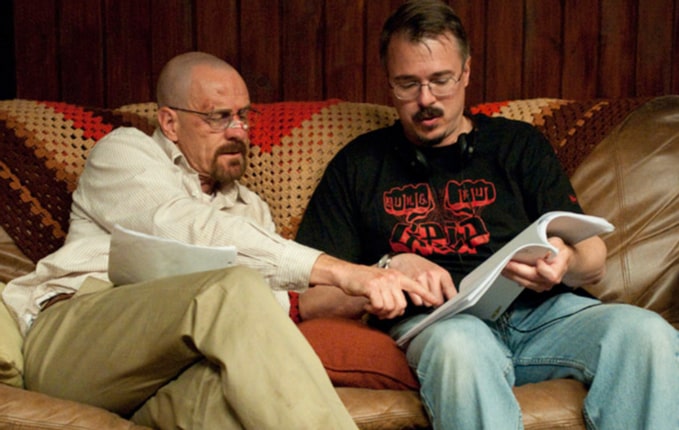
Step #2. Pitch your ideas
Now that you've come up with a list of ideas, share them!
The end goal of learning how to write a screenplay is to have people see your film on the screen someday. So pitch your ideas to your family, your friends, strangers on the bus, anyone. Ask them which ones they would want to see. More importantly, pay attention to their body language.
Do certain ideas make their eyes glaze over, or make them crinkle their forehead in confusion? Are they really excited about an idea?
This will help you select an idea to devote your time and energy to.
Step #3. Research the genre
Whether you are writing a period drama, an animated children's film, or a gory horror, you need to be an expert in that genre because the audience will be.
Watch as many films of that type as you can. When people watch a film from a certain genre, they have certain expectations. Part of learning how to write a movie script is understanding these expectations.

This doesn't mean that you can't mess with the audience's expectations or combine genres. You just have to be aware of what mindset your audience will have.
You also need to make sure that there is something different and special about your idea.
The Hollywood cliché goes "the same but different" and it's up to you, the writer, to provide this.
Step #4. Get to know your characters
Your characters, especially your main character(s), will be your new best friends when writing a screenplay. You should get to know them better than you know yourself.
Know what makes them tick, what makes them excited. Know what their most embarrassing childhood memory is. How they feel about cats. These seemingly inconsequential answers will help you create a full, complex cast of characters.
There's a useful exercise, frequently used by actors, for exploring your main character:
- Write something like a diary entry from the point of view of your character.
- Get a feel for how they talk and how they express themselves.
Step #5. Freewrite your idea
Once you have a clear sense of the people who will inhabit your screenplay, you need to create their world. Write down your ideas for what will happen to your characters in this new world.
You will start to see a story forming from your ideas as you determine what the obstacles will be and how it will end.

Step #6. Understand story structure
All these ideas you've come up with are a fantastic start, but now it's time to see where they fall in the overall story arc.
One way to think about story structure is to divide your story into three acts.
- Your first act will set up the world of your screenplay and introduce the main characters.
- The second act is where most of the events of your story will occur; your protagonist faces obstacles, overcomes some and losing to others.
- The third act includes the climax, or final showdown, of your story, followed by the resolution and tying together of loose ends.
Story structure is not a rigid framework, but it is an important aspect of telling effective stories. Even if you choose to play with structure, you should still understand it first.
Research story structure or check out a book on screenwriting to help you get a better feel for story structure (see the RECOMMENDED READING section at the end of the article).
We will also be discussing story structure further in the "writing your screenplay" section of How to Write a Screenplay.
Step #7. Write a logline and treatment
A logline is a one or two-line summary of your story. It needs to include your main character, their goal, the major conflict or antagonist, and possibly a twist.
An example: A struggling circus clown must find work at a funeral home.
- The struggling circus clown is the protagonist, the conflict is unemployment.
- The goal is to earn a living.
- The twist is that the clown must get a job in a very different line of work.
- Bonus points if you can get your logline to include a time limit to provide a sense of urgency. Maybe the clown has two weeks to raise enough money to make the payments on his clown car.
These are a challenge to write, but a fundamental step in learning how to write a screenplay. Loglines will help you understand what the core or backbone of your story is.

Plus, it will be incredibly useful for pitching your screenplay to producers someday. A treatment is a one to three page summary of what will happen in your script. Write treatments in present-tense, third-person prose.
Step #8. Get feedback
Once again, share your logline and treatment with others.
- Feedback is an essential part of learning how to write a screenplay.
- Feedback will help you spot any plot holes and provide ideas to improve your story.
Remember, just because one person says something, it doesn't mean they're right. But if more people say the same thing, it's worth considering their point.
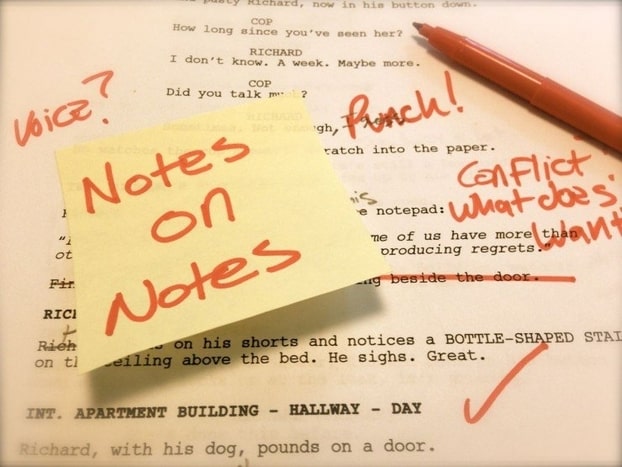
Step #9. Create a step-outline
A step-outline is significantly more detailed than a treatment. In a step-outline, you create a list of the scenes in your screenplay and a brief summary of what will happen in each of them.
You do not need to include really short or transitional scenes (such as the protagonist driving to work) if they are not important to the plot of the story.
This step-outline will be your road map to your screenplay. It will keep you from getting lost when you write and further flesh out your story. Often step-outlines will include a full scene-heading for each scene.
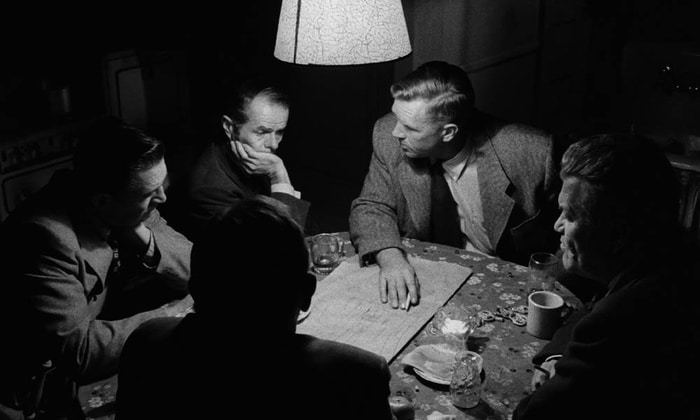
Step #10. Index cards
Another way to help you plan out your story is to transfer your step-outline onto index cards.
- On each index card, you should write a scene-heading and a summary of the scene.
- Color-code these cards to indicate what act the scene is from, which character leads the scene, or anything else that might be helpful to you.
- Once you've finished these, you can lay them out in the order you think scenes should occur.
From there, feel free to move the cards around. See if they really are in the right place in your story, or if there are any scenes that are unnecessary or missing.
Step #11. Create a writing schedule
Sometimes staying on track with writing your script can be a challenge, to say the least. It is easy to get distracted or busy and put off writing your screenplay. While this is understandable, it certainly won't help you finish writing your story.
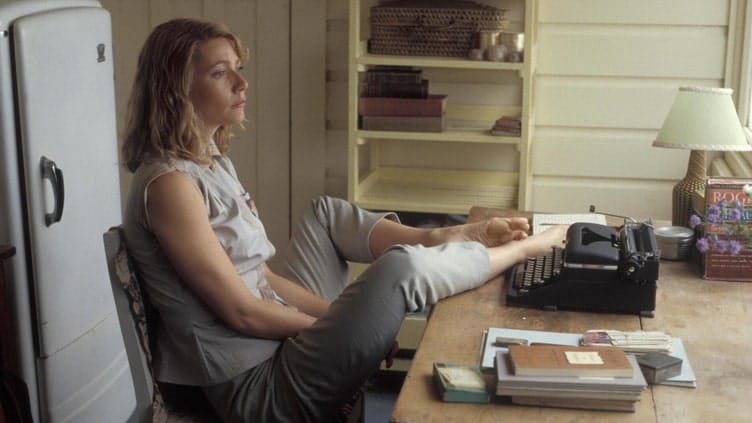
Create a writing schedule for yourself, promising to write a certain number of pages a day/week. This will help motivate you to stay on task and feel productive. Alternatively, some writers allocate a specific time-period for their writing.
Hoss Amini, the screenwriter of critically acclaimed indie flick, DRIVE, writes for five hours every morning. Of course, you may not be able to follow his regime.
Part of learning how to write a screenplay is finding the best Instead try to find your own 'writing time' and stick to it.
Step #12. Make sure you understand script format and software
Although it is possible to manually format a screenplay on a regular Word document, this can be challenging.
Save yourself the frustration and time by downloading screenplay software such as Final Draft or an alternative. They know how to format a screenplay so you can concentrate on how to write a screenplay in theoretical rather than practical terms.
Script format is something that can take up an undue amount of time if not using shortcuts. So gain all-important time by using screenwriting software. You want to make sure that script format is really the last thing on your mind when you're getting into writing a screenplay.

You can also refer to our article on screenplay format to help you as you begin typing up your story.
STAGE #2: How to Write a Screenplay: The Writing
Now that you have your idea planned out, you're probably itching to start setting your story down on paper. You will be happy to know that you have already completed one of the hardest parts of the process.

Now, all that remains in how to write a screenplay is the execution. In this section, we'll guide you through the process of writing a screenplay using the three-act structure mentioned above.
Act I
Act I should roughly cover pages 1 to 23 for a 90-page screenplay or pages 1 to 30 for a 120-page screenplay.
Step #13. First image/scene
Give some thought to the image you want to start off your story. This will be the first look the audience gets at the world you have created. It will set the tone for the rest of your story.
- In a horror film, this first scene is often a grisly murder.
- But in a comedy, this could be a visual gag or a way to immediately start off the laughs.
- And in a historical drama, the first scene will put you in the middle of that time period.
To help you work out what your story should open with, go and watch the openings of your favourite movies and think, "what do they tell us?"
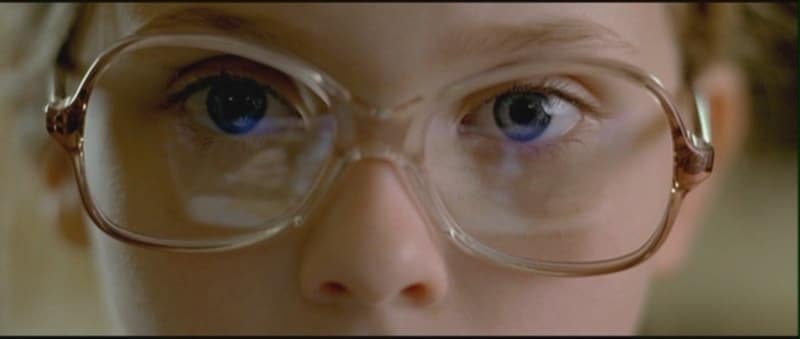
A small spaceship fleeing a huge star destroyer – It's going to be a sci-fi movie with lots of action!
Close-ups of Julia Roberts while a romantic song plays – a romantic-comedy!
When you go to start writing a screenplay, think about what sort of film you want it to be, and whether the audience will be able to get that from the opening image.
Step #14. Set up your world and main character
The beginning of your story should set up what type of world your protagonist lives in and provide the audience with some information on who inhabits this world.
According to Joseph Campbell's The Hero's Journey, this is called the "ordinary world." This is the protagonist's "norm," their natural habitat before the events of the story change everything.
In THE LORD OF THE RINGS: THE FELLOWSHIP OF THE RING, the 'ordinary world' is the Shire. It is green, lush, and seems to be quite a quaint and comfortable life for the hobbits that live there.
Our hero, Frodo Baggins, is forced to leave when he receives the Ring and the Black Riders come looking for him. This is an event that in screenwriting lingo is called the….
Step #15. Inciting Incident
The inciting incident in a movie script is an event that propels your protagonist into the events of the story and disrupts their ordinary world.
In HARRY POTTER AND THE PHILOSOPHER'S STONE, this is the moment when Harry receives his letter to Hogwarts.

After this moment, Harry can no longer return to living at the Dursley house. He now knows he is special, thanks to the immortal words of Hagrid, 'You're a wizard, Harry'.
Step #16. Resistance to calling
Often, the protagonist or hero will be unwilling to give up the comfort of their world for the unknown. They may turn away from their calling.
In a romantic comedy such as BRIDGET JONES'S DIARY, this could be the protagonist (Bridget Jones) and her future love interest (Mark Darcy) getting off to a bad start when they first meet each other.

For another example, in THE HITCHHIKER'S GUIDE TO THE GALAXY, Arthur Dent, the protagonist, makes it very clear that he has no interest in going anywhere because he's afraid that construction workers will demolish his house to build a bypass.
The irony being that a Vogon Constructor Fleet are about to destroy the Earth in order to build a Hyperspace Bypass.
Step #17. No turning back
At the end of the first act, something occurs that prevents the protagonist from truly rejecting his or her calling.
No longer can they wait around and enjoy the comforts of their ordinary world. The hero must move forward and enter a 'new world' and face the challenges that will entail. This moment is also called the "lock in."
In BACK TO THE FUTURE, this moment occurs when Doc is killed. In an attempt to flee the gunman, Marty McFly accelerates up to 88mph in the converted, time-travelling DeLorean and is sent back to 1955.
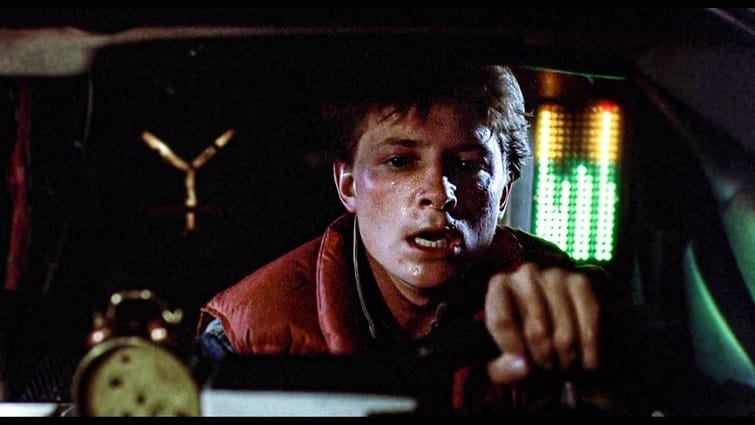
Act II
When writing a screenplay, Act II is the longest act and should cover pages 23-66 for a 90-page screenplay and 30-90 for a 120-page screenplay.
Step #18. First half – Obstacles
In the first half of your second act, your protagonist will face many obstacles in achieving his or her goal.
- Some of these obstacles will be overcome, and others will serve as setbacks.
- The obstacles should increase in severity as the act progresses and tension builds.
A clear example of this is the 2010 cult comedy SCOTT PILGRIM VS. THE WORLD. Scott's obstacles are Ramona Flowers' seven evil exes whom he must defeat but each battle becomes increasingly more difficult.
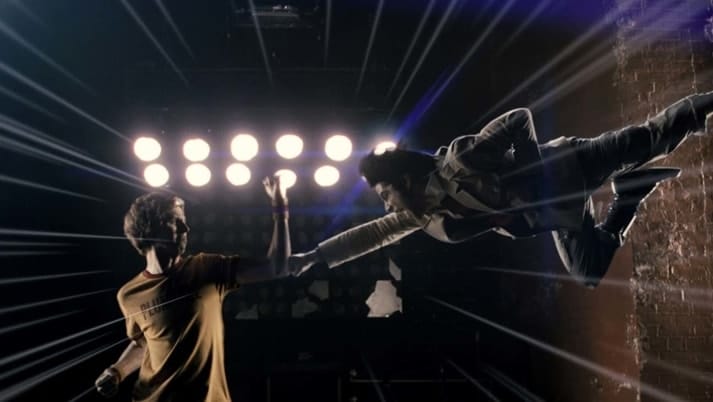
Step #19. First half – Allies
To help the hero face these challenges, he or she will be given helpers or friends.
For Luke Skywalker of STAR WARS, these helpers include the robots C3P0 and R2D2, as well as smugglers Han Solo and Chewbacca, Princess Leia, and the mysterious Jedi-Knight, Obi-Wan Kenobi.
All will help him in one way or another so it is important that your protagonist's allies all serve a purpose and aren't merely hanging around for the sake of having extra characters.
Step #20. First half – Subplots
When writing a screenplay, any side plots are introduced at the beginning of Act II.
- In WHEN HARRY MET SALLY, the subplot is the romance between Harry's friend, Jess, and Sally's friend, Marie.
- In films that do not centre on romance, there is often a romantic subplot such as the romance between Fran and Scott in STRICTLY BALLROOM or between Ben and Abigail in NATIONAL TREASURE.
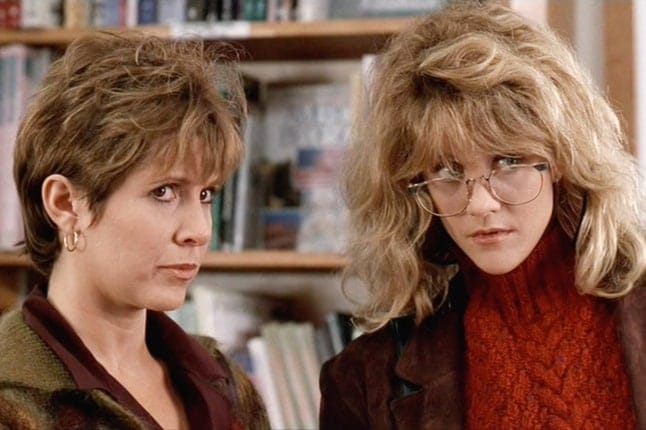
Step #21. Midpoint twist
Halfway through your second act (which is also halfway through your entire story) there is the midpoint twist, also known as the first culmination. It is often the case that at this point, the protagonist achieves the complete opposite of their goal.
In FINDING NEMO, the midpoint is when Marlin, in his search for Nemo, ignores advice from Dory, his new companion, and leads them through a group of jellyfish. This results in Dory getting badly stung which forces Marlin to realize that he needs to listen to her if he wants to be reunited with his son.
Marlin has already lost Nemo, who is really his only companion, and is desperate to find him. At this point in the film he nearly loses his new companion, Dory, thus achieving the opposite of his goal.

Step #22. Second half – Raising the stake s
In the second half of Act II, the stakes are raised. The protagonist needs to achieve his/her goal at all costs. In lots of movies this is literally a life-or-death situation but it doesn't have to be. There's no one size fits all for how to write a screenplay. It's what works for the genre and stakes of the story so far.
In SILVER LININGS PLAYBOOK, Pat and Tiffany put all their energy into learning the dance routine because Pat needs Tiffany to give his ex-wife a letter and Tiffany needs to win the competition.
The stakes are raised even further when Pat's father bets all of his money on the outcome of the dance competition.
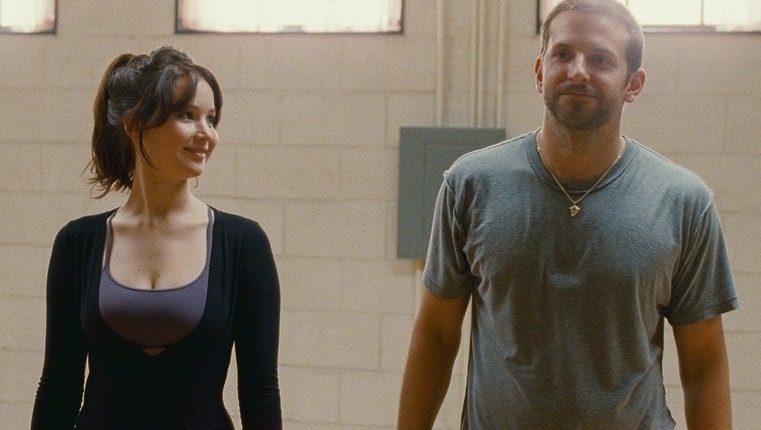
Step #23. Second half – Lowest of the low
At the end of the second act, the audience feels that all is lost for the protagonist. This is called "the lowest of the low," and is the embodiment of the cliché "it's always darkest before the dawn."
In THE FULL MONTY, this is when Gaz is arrested for stripping and loses the right to see his son. There is an exception to this "lowest of the low" rule if your story is a tragedy and will eventually end badly for your protagonist.
In this case, the end of the second act could be a high point before the fall of the hero in the third act.
As an example, take a look at SAVING PRIVATE RYAN. The second act ends with Captain Miller (Tom Hanks) finding Private Ryan (Matt Damon). They've succeeded in their mission, but the story does not finish there.
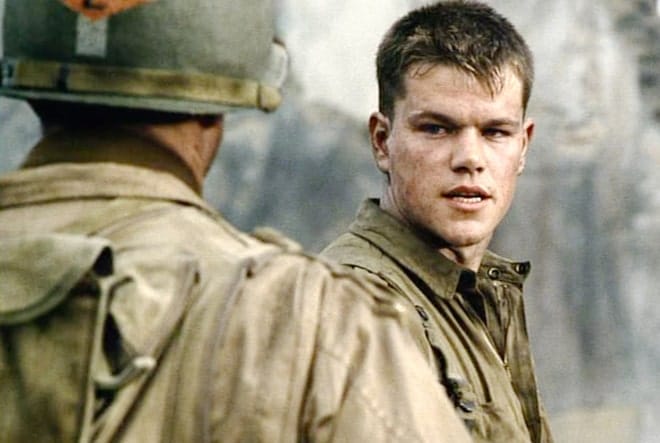
Act III
Act III should roughly cover pages 66-90 for a 90-page screenplay and pages 90 to 120 for a 120-page screenplay.
Step #24. Main Climax
The climax of the story occurs in the third act. This is the epic battle that the protagonist has been gearing up for.
This is quite often a literal battle, whether it be the last assault in EDGE OF TOMORROW, the title contest in WARRIOR or even the final rap-battle in 8 MILE.
The protagonist might lose everything, but he or she may just achieve their ultimate goal.
In CARRIE, for example, the main climax is when the powerful teenager faces off against her mother and ends up killing them both in the process.
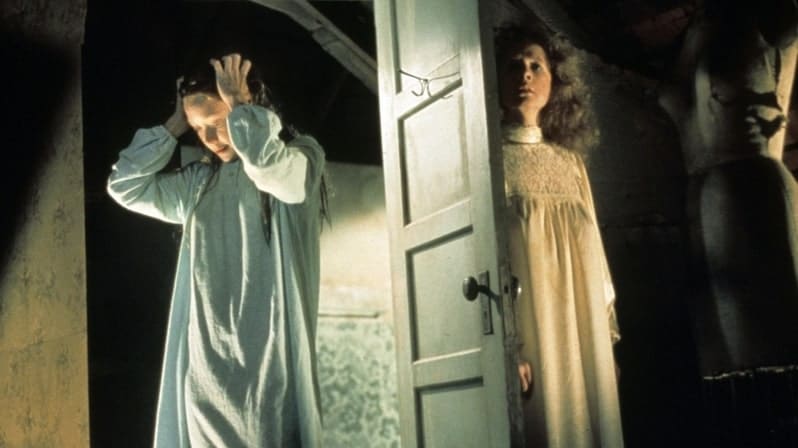
Step #25. Final obstacles
Even after the climax, there are often still residual problems that the protagonist must solve.
- In PIRATES OF THE CARIBBEAN: THE CURSE OF THE BLACK PEARL, Captain Jack Sparrow is arrested and sentenced to death after he stops Barbossa.
- The final obstacle that Will Turner and Elizabeth Swan must overcome is saving their captain's life.
Of course it doesn't have to be quite so dramatic. It may be something as simple as having left dinner in the oven and your characters have to race back to stop it from burning the house down!
However, this final obstacle is normally quite important for showing how your protagonist has changed from the beginning to the end.
Going back again to STAR WARS, the final obstacle Luke must face is the trench-run that is key to destroying the Death Star. Earlier in the film when he was trying to master the Force, Luke couldn't let go of his own self-control.
Well, this time round Luke lets go and uses the Force to save the day. Remember, the final obstacle may be the last time that we see your characters in serious action, so make it count!

Step #26. Resolution
At the end of the third act (and the end of your story), loose ends are tied up and the protagonist deals with the outcome of the climax. In the hero's journey, this is known as "the return". The hero returns home with his goal completed.
In THE GODFATHER, the resolution is that Michael Corleone lies to his wife, proving that he has become the man he never wanted to be, the successor to his father.
Occasionally, like in THE SILENCE OF THE LAMBS, the filmmakers may deliberately leave a loose end untied.
Clarice Starling has caught Buffalo Bill but no mention has been made of Hannibal Lecter since his horrific escape.
Then in the closing scene he phones Clarice. The scene serves to remind you that Hannibal the Cannibal is now once again at large…

STAGE #3: How to Write a Screenplay: Revising
Congratulations, now you have written a first draft, but that's only part of how to write a script. Before you start cracking open a bottle of champagne and bragging to everyone at your high school reunion, be warned: you are far from finished.
You have completed an essential step, but this is just the beginning. Films aren't made from first draft screenplays.
As Ernest Hemingway once said, "The only kind of writing is rewriting."
It's often necessary to revise and rewrite a screenplay multiple times, especially if you are a beginner screenwriter.
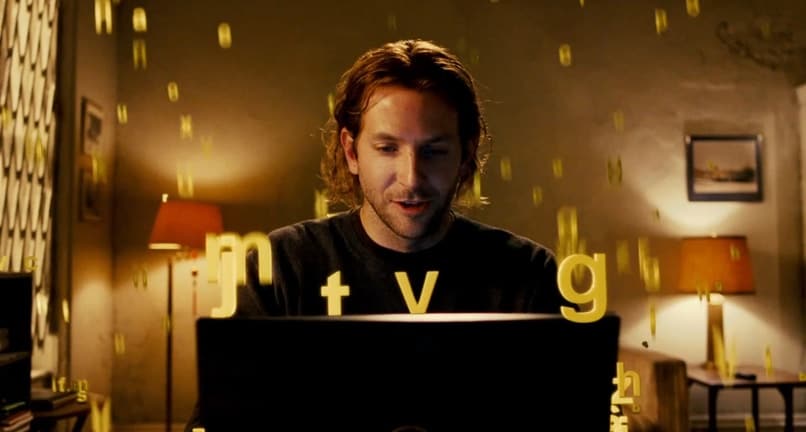
Step #27. Take a break
While you don't want to forget about your screenplay or lose momentum, it can be helpful to step back and take a break from your story after you've completed that first draft.
After being involved in your script for so long, it will be hard to see the faults in your work. It will be too easy to revel in your sense of pride and accomplishment and not see the big picture.
Now is the time to finally catch up on GAME OF THRONES and spend time with the family you have been ignoring for weeks. When you do come back to take a look at your screenplay and read it again, this distance will help you see it with new eyes.

Step #28. Have others read your script
Just as it was during the planning stage, sharing your work and getting feedback is essential. Have your friends and family read it, or better yet get pro script coverage for unbiased, educated feedback. They can help you figure out what works and what doesn't, and suggest how to fix it.
Step #29. Rewrite
It seems daunting and exhausting, but you will probably have to rewrite large portions, if not all, of your screenplay. You won't get it right the first time around.
Maybe you discover that your first act isn't very strong and it's affecting the rest of your script. Or maybe you decide to end your story differently. The rewriting process will take a while, but be patient and stay determined.
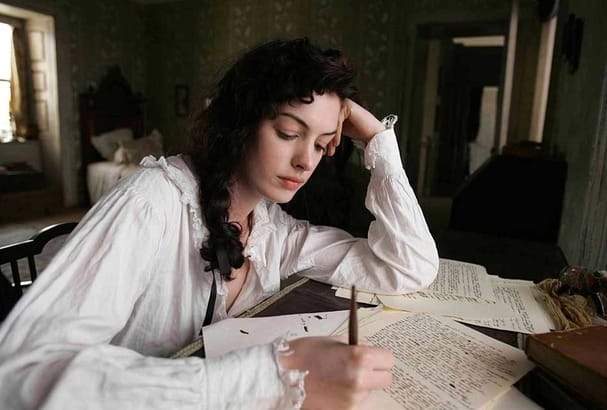
The first draft is nearly always too dialogue-heavy but you'll find that as you rewrite, you need less and less to effectively tell the story. Scenes full of clunky exposition – i.e. telling your story through speech rather than showing through action – fade away into tight, set-pieces that drive your character forwards to their goal.
Suddenly, you'll find yourself really back in the flow of writing and will have finished that second draft.
It'll probably be leaner, punchier and just generally better which takes you onto the next step…
Step #30. Finalize
Continue this cycle of getting feedback and rewriting or revising. Don't stop until you are truly satisfied that this is your best work.
But remember, writing the screenplay is one part. Filmmaking is an ongoing process that doesn't end until it reaches the viewers.
If you sell your screenplay someday, it may be rewritten or tweaked. Directors, actors, editors, etc. will continue adding their own touches to the story.
Your job is to create the foundation, and then prepare to let your story go.

How to Write a Screenplay: Next Steps
To learn how to write a screenplay is a challenge, make no bones about that, but an incredibly rewarding one.
It's never guaranteed that your screenplay will sell, but if you never write it you'll never know.
Screenwriting is a hugely fulfilling (and lucrative!) career for those with the determination to succeed.
And don't forget: writing is re-writing!
Want to learn more about the art and craft of screenwriting? Looking to write while you learn? Want to dodge all the rookie mistakes and work within an established structure?


In that case you need….
ULTIMATE Screenwriting Online is our flagship online training product for people who are serious about learning how to write a script.
You'll work through 6 core modules and 25 detailed lessons. The course delivers huge value-for-money, taking 10 0+ hours to complete.
In addition, you'll write a FULL FILM SCRIPTwhile taking the course.
Course lessons include…
- The Stages of Screenwriting
- Testing Ideas
- Conflict
- The Hero's Journey
- Developing Theme
- Character Development
…and many more!
Online screenwriting courses don't come much more detailed than ULTIMATE Screenwriting. It will systematically build your screenwriting knowledge and skill set, and delivers the ideal structure and framework within which to write a full film script.
Did you know? Industrial Scripts' courses and services have been reviewed hundreds of times by satisfied writers. Learn more here.
The course delivers information and exercises to enrich your screenplays – whether you're a complete beginner, or an intermediate film screenwriter looking to raise your projects up to a market-ready level. To learn more about ULTIMATE Screenwriting, and to sign up, click below —
- What did you think of this article? Share it, Like it, give it a rating, and let us know your thoughts in the comments box further down…
- Struggling with a script or book? Story analysis is what we do, all day,every day…why not check out our script coverage services?
Get *ALL* our FREE Resources
Tackle the trickiest areas of screenwriting with our exclusive eBooks. Get all our FREE resources when you join 60,000 filmmakers on our mailing list!
Source: https://industrialscripts.com/how-to-write-a-screenplay/
0 Response to "Screen Writing How to Use Continued"
Post a Comment